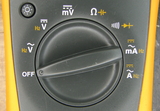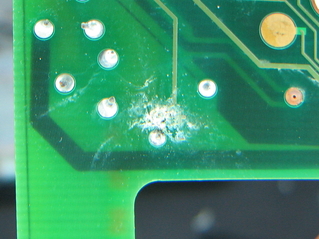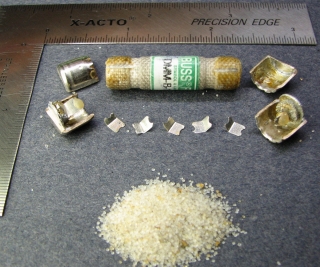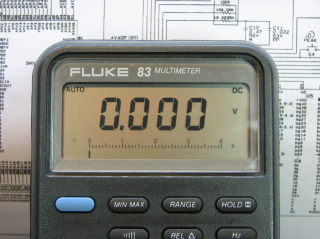 Fluke 170-series rotary switch knobs can be removed for cleaning and/or lubrication. The area under the knob can collect dirt and gunk, which will lead to rough operation and possibly even damage to the end stops. But it may not be immediately obvious how to go about getting it apart without damaging something. Follow these steps for easy disassembly.
Fluke 170-series rotary switch knobs can be removed for cleaning and/or lubrication. The area under the knob can collect dirt and gunk, which will lead to rough operation and possibly even damage to the end stops. But it may not be immediately obvious how to go about getting it apart without damaging something. Follow these steps for easy disassembly.
-
Recent Posts
Chatter
- My Electronic Test Equipment – reluctantcitydwellers2 on Yokogawa 7534-03 Multimeter
- Jan Willem Lammers on Fluke 80-series Jack Assembly Rebuild
- James Gilmore on Fluke 80-series Faded LCD Segments
- Kyle Acheson on Fluke 87 Fusible Resistor
- Andrew on Dirty Multimeter Clean-up
- Sérgio on Tektronix DMM912 Teardown
- Ahmed alShalchi on Fluke 8060A Repair
- Ahmed alShalchi on Fluke 8060A Repair
Tags
Categories
Archives
Forums
Helpful Vendors
More To Explore
YouTube Channels

 The fourth generation of the classic Fluke 77 shares the same basic design and circuit board as the rest of the 170-series (175, 177, 179). Apparently a common problem with these circuit boards is the appearance of a white powdery residue that collects in certain areas. A couple have passed my workbench, and I’ve heard reports of more.
The fourth generation of the classic Fluke 77 shares the same basic design and circuit board as the rest of the 170-series (175, 177, 179). Apparently a common problem with these circuit boards is the appearance of a white powdery residue that collects in certain areas. A couple have passed my workbench, and I’ve heard reports of more.
